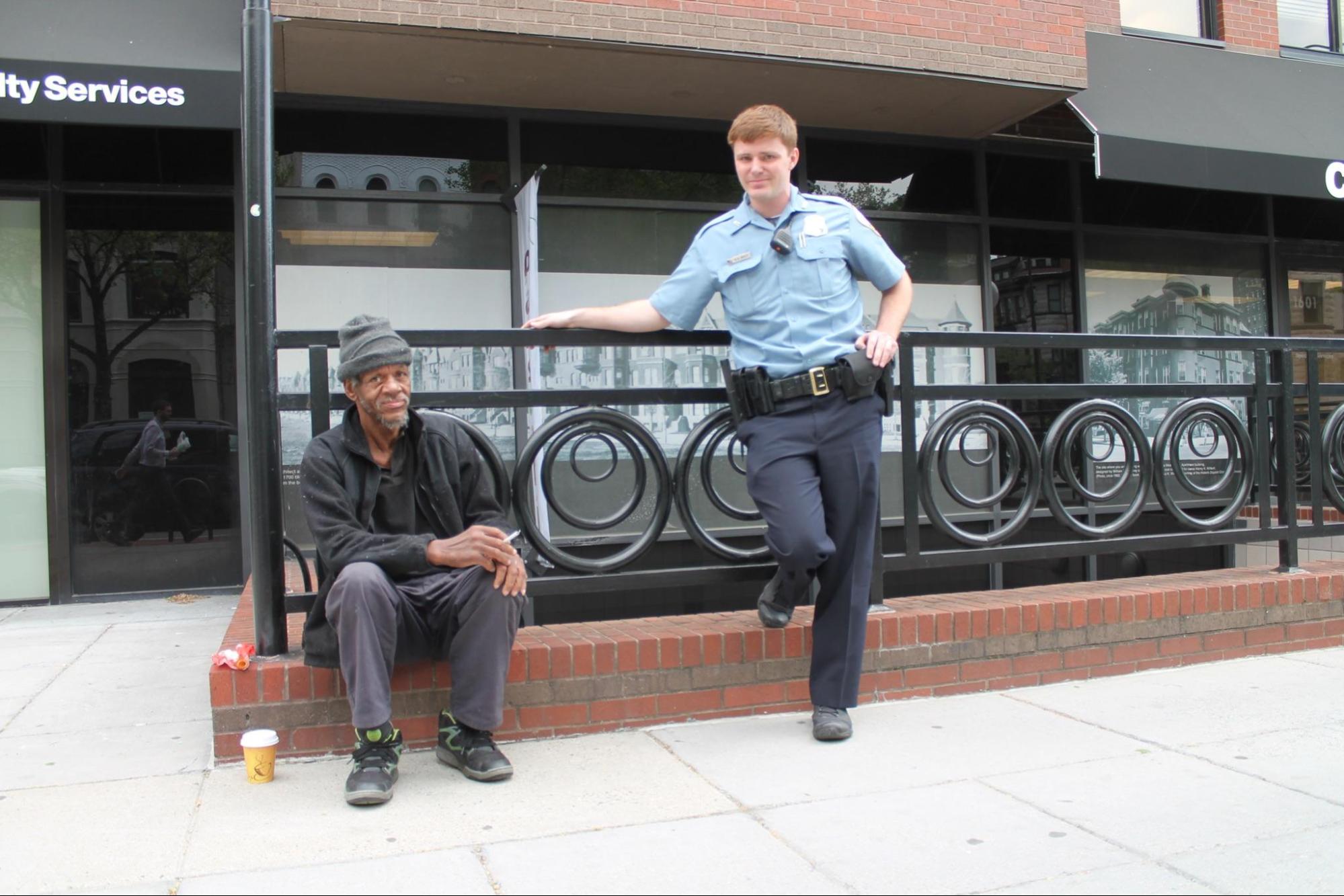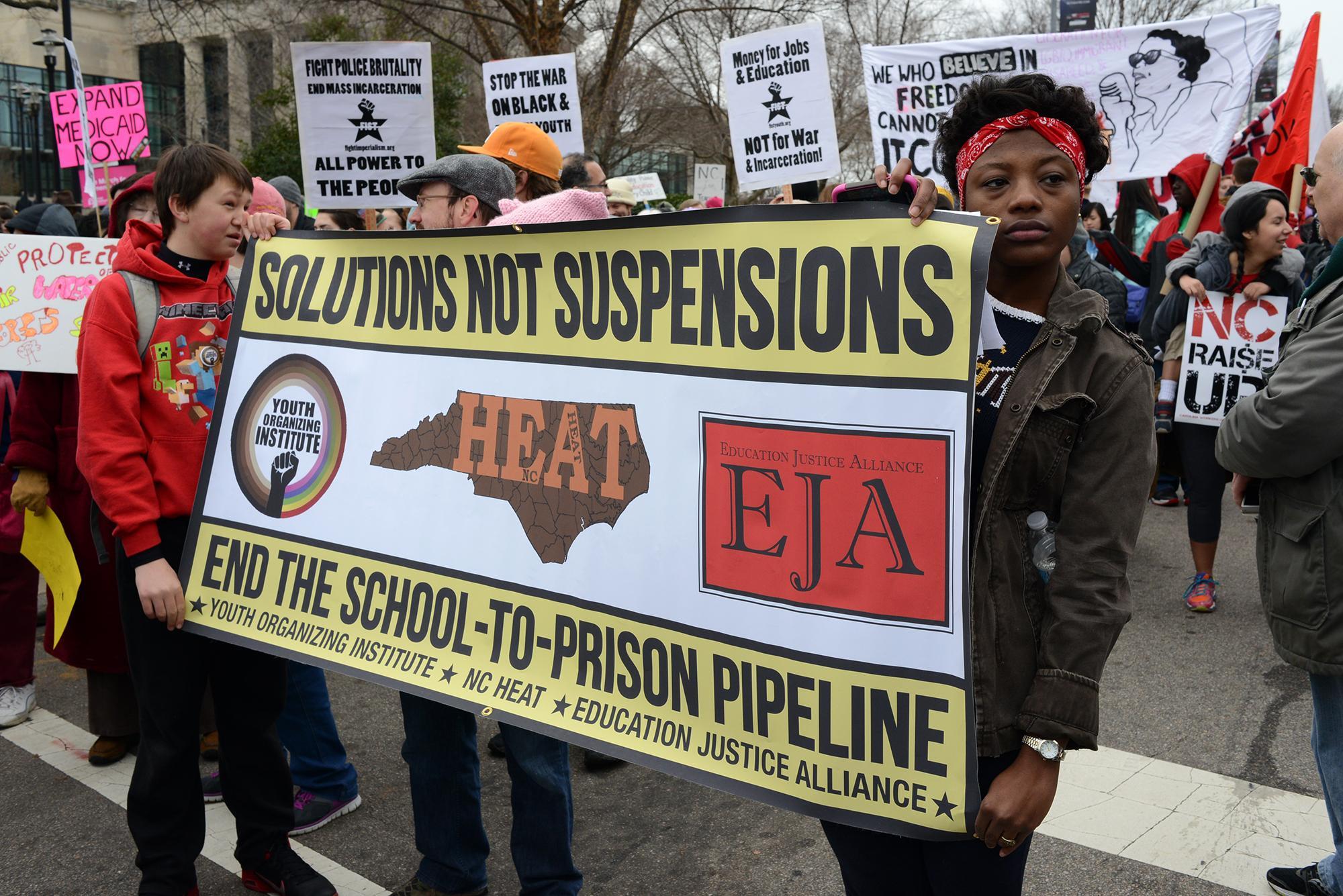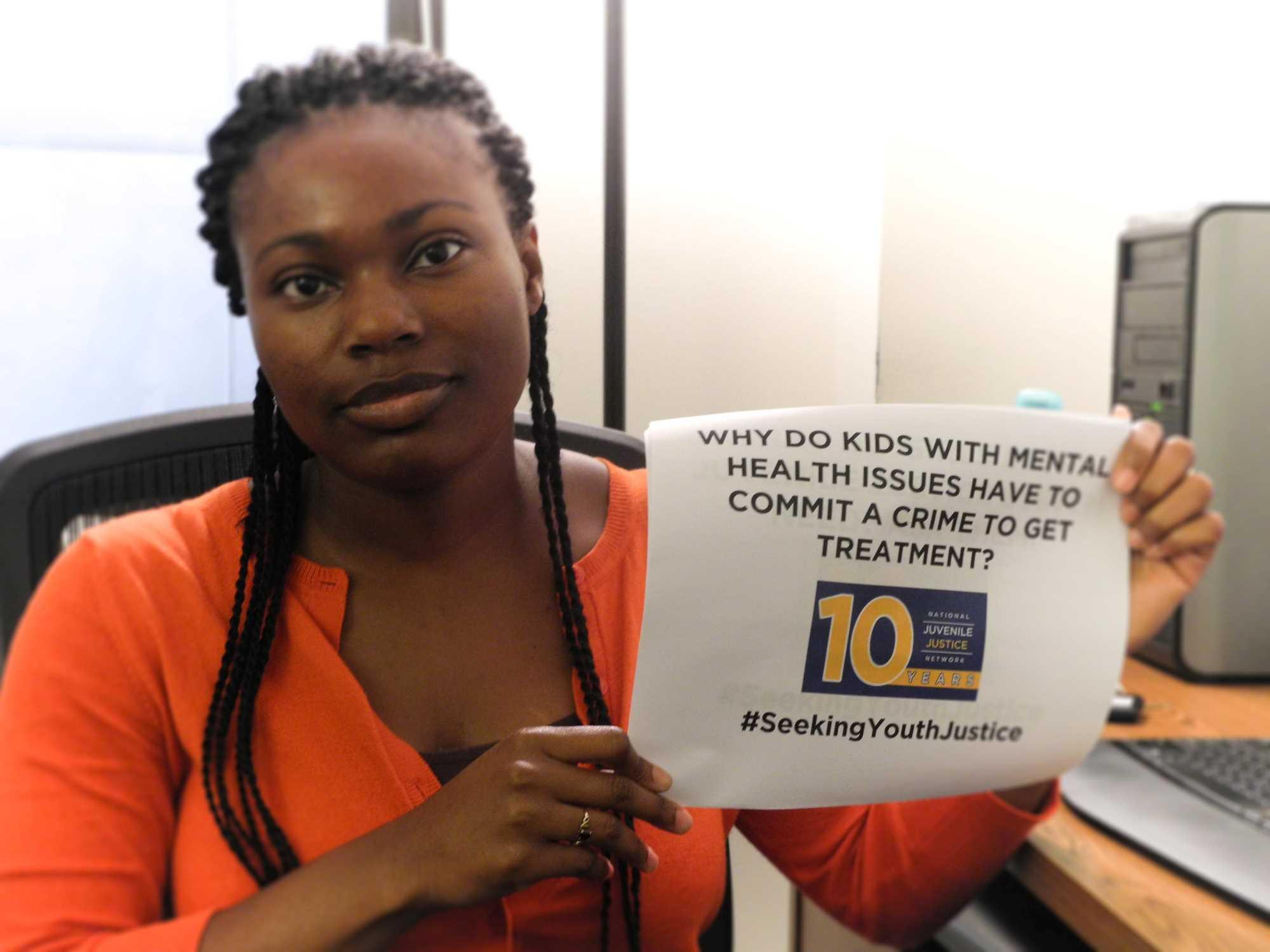4.4 Diversion from the Criminal Justice System
One response to the problem of criminalization is diversion, where a person is identified at some point (early or late) in the criminal justice system and provided with a pathway out of that system. Ideally, the person is shifted to an alternative form of supervision, support or treatment. Referring back to the example of the person in the park, Jamie, presented at the beginning of this chapter, an early “diversion” might have involved a mobile mental health team (rather than police) response to the park, connecting Jamie with mental health and housing resources – and perhaps food, or some other comfort – meeting Jamie’s needs rather than arresting Jamie. Regardless of Jamie’s responsiveness to help, the escalation might not have occurred, and Jamie would never have had the opportunity to spit on that deputy at jail. Jamie would have been diverted from the criminal justice system.
Diversions are not, truly, an alternative to or rejection of the criminal justice system. Diversions, instead, are part of that system. Diversion requires a person to have at least a brush and maybe a full engagement with the criminal justice system – whether that is a 911 call from a community member or an arrest or a conviction. Once identified as a person who should be diverted from the criminal justice system, the person is directed to a program more suited to their needs. Thus, diversion relies upon the infrastructure of the criminal justice system to fulfill its purpose, and in this sense, diversion is not a true “solution” to criminalization; it is only a response to that problem.
Most diversions seem imperfect, and that is at least in part because they are responses to the unfolding problem of a person in the criminal justice system. There is already a problem, and the diversion is just intercepting that problem and ideally lessening it – not fixing it. For example, Jamie from the park may be in contact with police again soon; perhaps Jamie won’t want services; perhaps Jamie will be emboldened by lack of punishment. On the other hand, perhaps Jamie will respond to help. In either case, Jamie definitely will not spend months in jail (or the hospital) for a minor offense, and the financial cost of diversion is negligible. Alongside that is the certainty that, on this day, no violent confrontation occurs where Jamie or responding officers are injured.
4.4.1 Diversion Options
Diversion can occur at different points during a person’s involvement in the criminal justice system. Diversion may occur very early, allowing a person to fully avoid engagement in the system, in which case the diversion might be as simple yet powerful as outreach from a community mental health resource to a person who is experiencing a crisis, or the decision of a law enforcement officer to refer a homeless community member to a shelter (figure 4.5).

Figure 4.5. Police officers have great discretion to offer resources and create an early diversion opportunity.
Diversion can also come later, as in the form of alternative courts for those with mental disorders. In this case, a person has likely faced arrest and been referred to the district attorney for charges. A referral to a specialized court may give this person the opportunity to fulfill treatment or supervision requirements to avoid conviction on those charges. Further on, a person may be deep in the criminal justice process, and diversion may present as planning that helps a person entering the community after incarceration find treatment and achieve stability.
Which moment is “best” to divert a person away from the criminal justice system is a point of much discussion and disagreement. Many contend that early diversion is crucial to avoid or minimize the risk, trauma and stigma of engagement in the criminal justice system; others wonder whether accountability may increase likelihood of successful diversion once a person has become engaged in the criminal justice system. Clearly there are risks and benefits to various approaches to diversion, but it is safe to say that diversion at any point is likely an improvement over diversion at no point, which only makes certain the person will remain in or return to the criminal justice system.
4.4.2 SPOTLIGHT: Solutions Not Suspensions
Disciplinary actions in K-12 schools are meant to curb bad behavior, and hopefully deter future incidents of disruption. Unfortunately, some school disciplinary approaches push students down a path that sets them up for failure, sometimes feeding them directly into the justice system. This is referred to as the school-to-prison pipeline – and it is a source of anger and frustration for many communities (figure 4.6).

Figure 4.6 shows a community march in 2014, opposing school punishments that are part of the school-to-prison pipeline with the slogan “Solutions Not Suspensions.”
Take, for example, a young student who frequently loses his temper during class and becomes destructive. The rest of his classmates are ushered from the room while support staff are called in to handle the youngster’s behavior. After too many incidents like this, the student is suspended for several days. Because of his suspension, he falls behind his classmates on his schoolwork and his academic progress. School failure increases his frustration, resulting in more outbursts, and more disciplinary action. His classmates now perceive that something is “wrong” with the student, and he is further isolated from his peers, leading to even more behavioral problems. Eventually, police become involved, and the student is now engaged with the juvenile (or criminal) justice system (figure 4.7).

Figure 4.7. A young woman holds a sign questioning why it takes commission of a crime for a child to access mental health treatment
Scenarios like this happen all too often, resulting in the punishment – rather than treatment and support – of students with mental disorders. Students of color and those with a history of poverty, abuse and neglect are particularly vulnerable to this mishandling. Meanwhile, involvement in the justice system does not resolve behavioral health issues; it exacerbates them. Incarceration for youth is one of many Adverse Childhood Experiences (ACEs) that contribute to trauma-based mental illnesses. The resulting percentages of justice-involved juveniles who meet criteria for a mental disorder are shocking. The Substance Abuse and Mental Health Services Administration (SAMHSA) puts the number at 50% to 70% of all incarcerated juveniles while other researchers have reached much higher estimates – between 70% and 95% (Ojukwu, 2022).
Certainly, there are better options for supporting these students, such as providing mental health services and other proactive social supports for children in our K-12 schools, instead of office referrals for punishment (Collins, 2015). While an estimated 20% of all children have a diagnosable mental health disorder, less than a third of those children go on to receive any sort of mental health services.
Imagine the preventive impact of treatments that could support our young people in avoiding the myriad documented consequences of untreated mental disorders (from lowered academic performance, to increased dysfunctional relationships, to higher rates of unemployment and incarceration), and consider the following questions:
- If our K-12 schools focused on positively supporting students with mental disorders from an early age, do you think we would see fewer violent incidents at schools and in our communities?
- Would robust mental health and disability supports in schools function as diversions to steer children away from – rather than into – the juvenile or criminal justice systems?
4.4.3 Diversion from the Criminal Justice System: Licenses and Attributions
“Diversion from the Criminal Justice System” by Anne Nichol is licensed under CC BY 4.0.
“SPOTLIGHT: Solutions Not Suspensions” by Monica McKirdy is licensed under CC BY 4.0.
Figure 4.5. Photo by Elvert Barnes is licensed under CC BY-SA 2.0.
Figure 4.6. Photo by Stephen Melkisethian is licensed under CC BY-NC-ND 2.0.
Figure 4.7. Photo of a young woman by National Juvenile Justice Network is licensed under CC BY-NC-SA 2.0.
